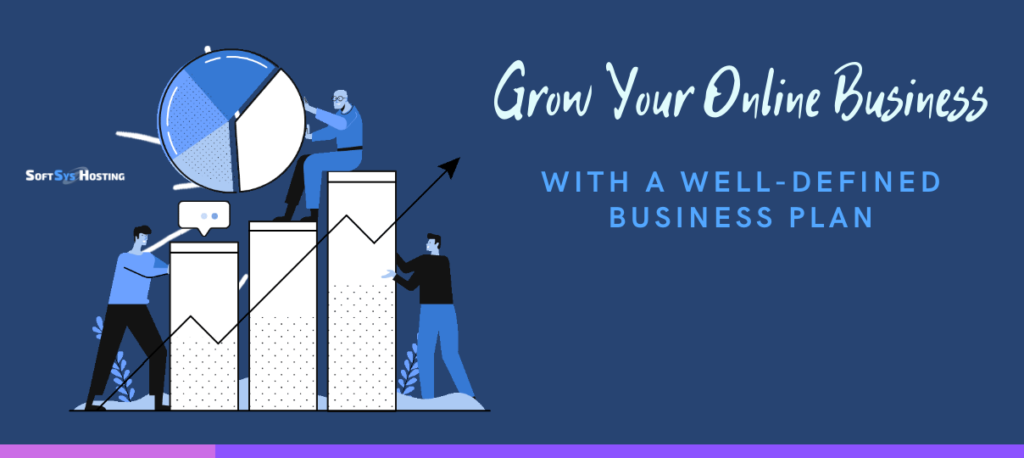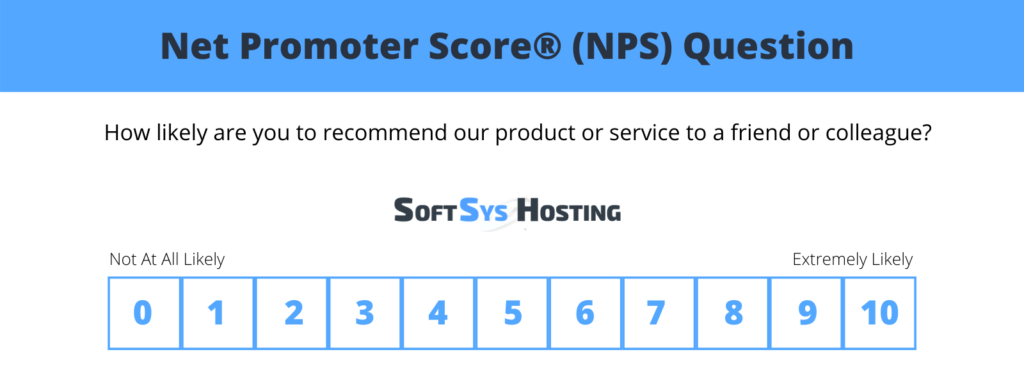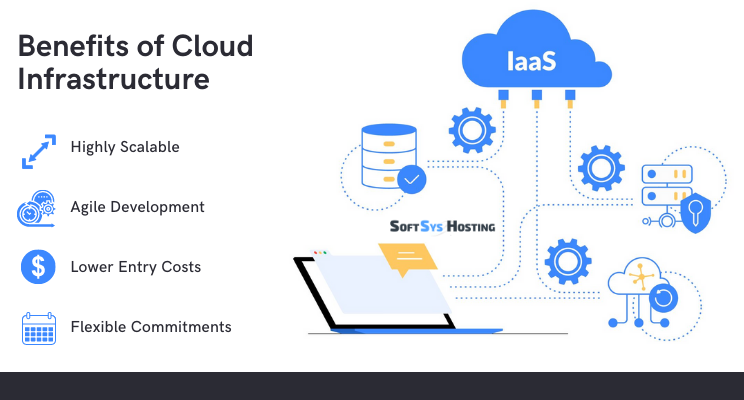Sales/Support: +1-862-214-2255
Author: Joanna Isac
How to Grow Your Online Business: 5 Tips for Business Development
The internet provides many opportunities to be successful, and starting an online business has never been easier. However, the competition can be stiff!
As a business owner, you have to work hard to stay on top of your game and grow your business!
This post will talk about five ...
The Ultimate Checklist To Starting an Online Business
Starting an online business is an exciting endeavor, but starting one the right way can also be daunting. This checklist provides all of the steps you need to take before starting an online business and tips on making your business successful.
This post is designed for those looking ...
How To Anticipate Client Expectations and Gain Their Attention
Building a relationship with your clients is key to long-term success. One of the best ways to build a strong relationship with your clients is by anticipating their expectations and then delivering on them.
Don't be mistaken! There's no one-size-fits-all approach to keeping clients happy - but there ...
Why Social Media Is Essential For Business Marketing
Social media marketing is a great way to promote your business and grow your customer base. Through social media, you can engage your existing customers while also bringing your brand in front of new users. According to a report from April 2021 by DataReportal, an estimated 4.33 billion ...
Best Online Business Ideas For 2021-2022
If you are in the market for a successful online business idea, you’ve come to the right place. We have created a list of some of the most popular online business ideas for 2021-2022, and we know you’ll love them!
The internet is a powerful tool. Alongside computers, ...
7 Ways To Improve Customer Loyalty and Retention
Customer loyalty and retention play a key role in the success of any business.
But how can you build customer loyalty? What are some of the strategies to turn customers into your biggest advocates? We've got answers to these questions and more!
This blog post will teach you ...
Critical IT Infrastructure Required To Ensure Business Success
It's no secret that IT infrastructure plays a key role in the success of any business. Can you try picturing a scenario where your IT infrastructure that hosts your business-critical application or website fails? Imagine the time it would take to restore your data and apps. You ...
Which Corporate Culture Is Yours (5 Major Types)?
A corporate culture can be described as a company’s overall attitude towards the work environment, the people who perform the work and their interaction with their customers.
A great corporate culture can motivate employees, increase productivity, and contribute to the overall success of the company. A poor corporate ...
Google Workspace Now Available at SoftSys Hosting
More employees are working remotely in 2021 than ever before. COVID-19 has dramatically changed the way businesses operate. Our workplace is no longer limited to a business’s physical office. We can work from anywhere using any number of devices from laptops to mobile.
According to the 2020 survey ...
A Step-by-Step Guide To Starting an Online Store
If there ever was a great time to launch an online business, it is now. According to etailinsights, there are now 7.9 million online retailers in the world, and 2.1 million of them are in the United States.
After 2020, online shopping is growing faster than ever before.
Why ...
- 1
- 2









